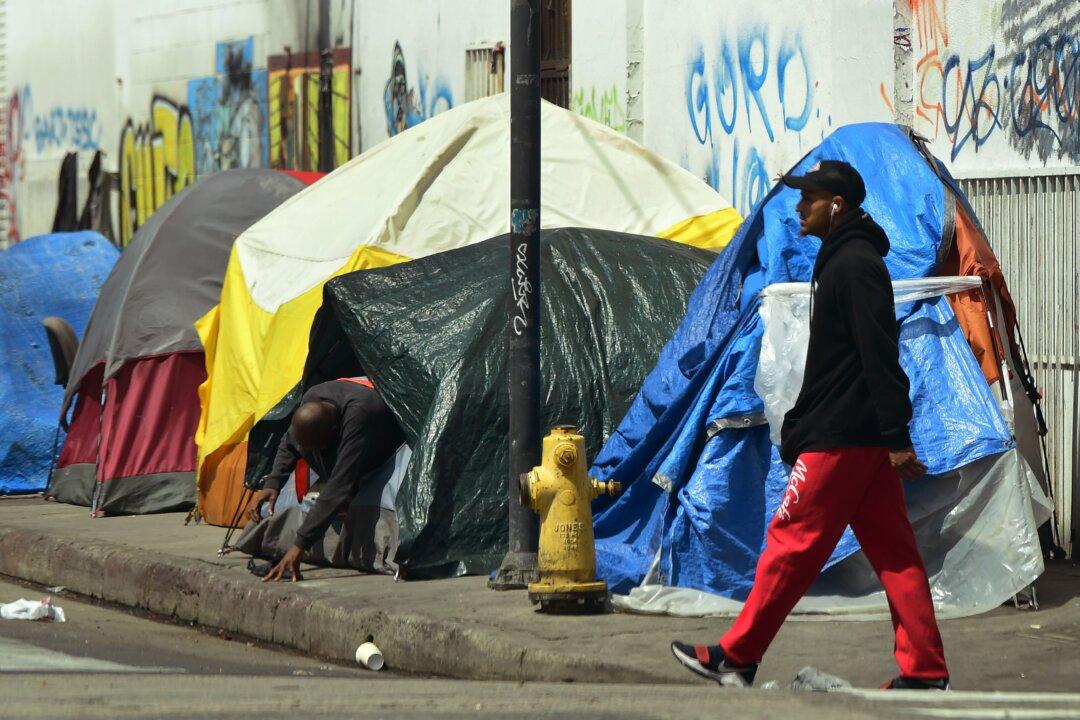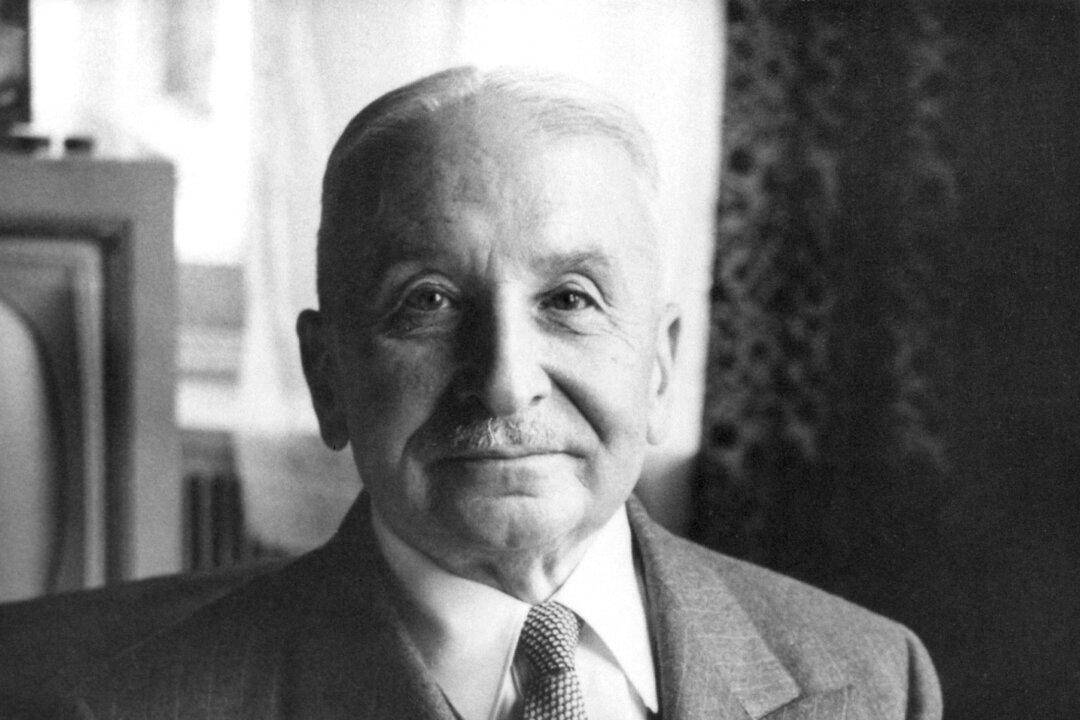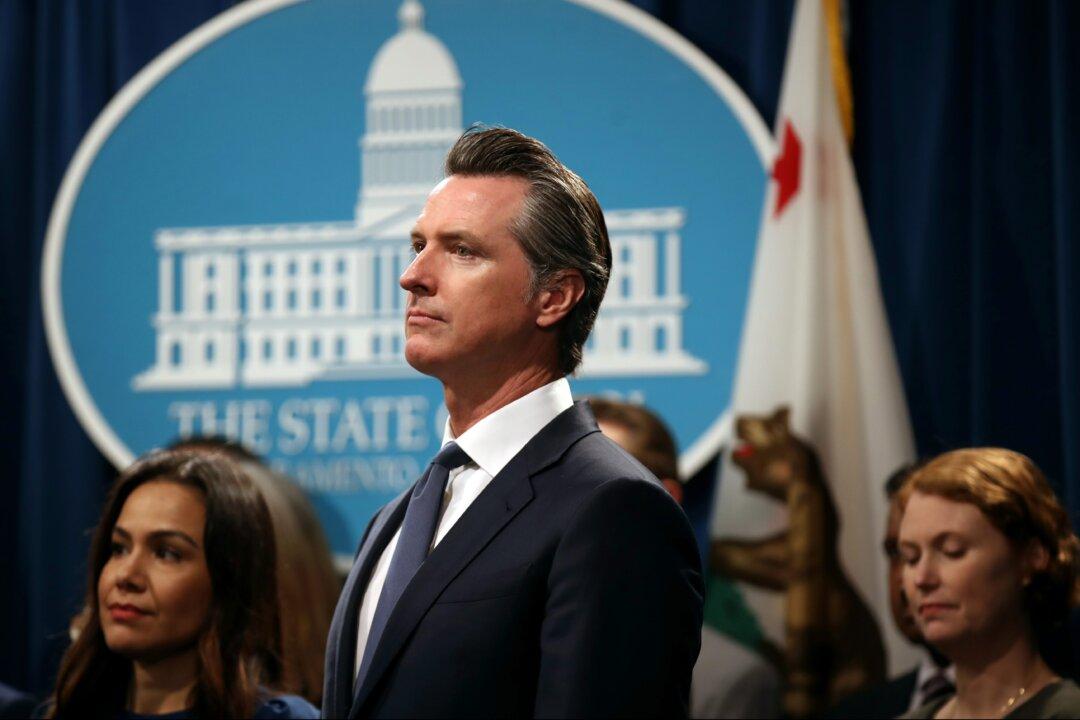A report by Los Angeles controller Ron Galperin has found that after voters approved Proposition HHH in November 2016, the city’s housing program for the homeless has met with slow progress and higher than expected costs.
The proposition authorized the city to issue $1.2 billion in bonds to partially fund up to 10,000 supportive housing units for people who are homeless or at risk of becoming homeless.




